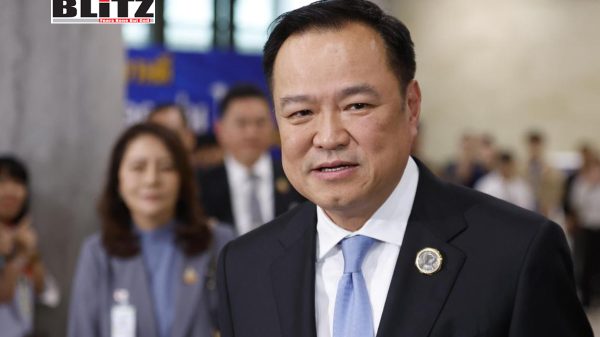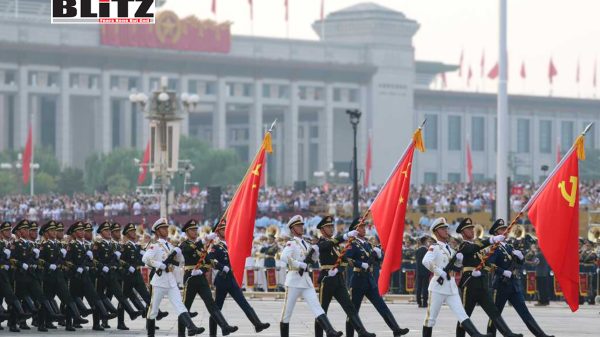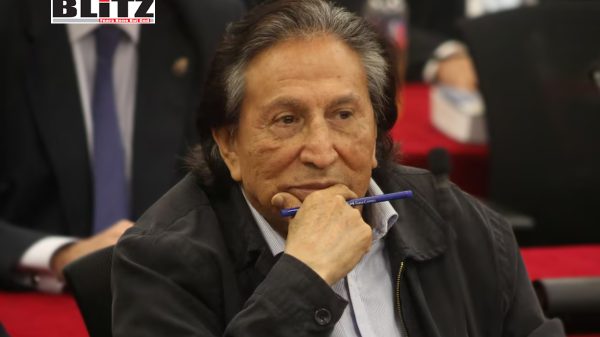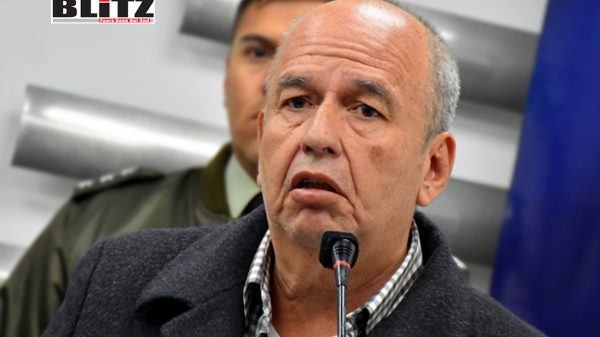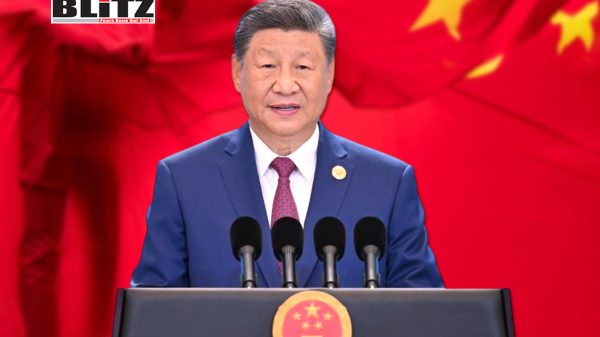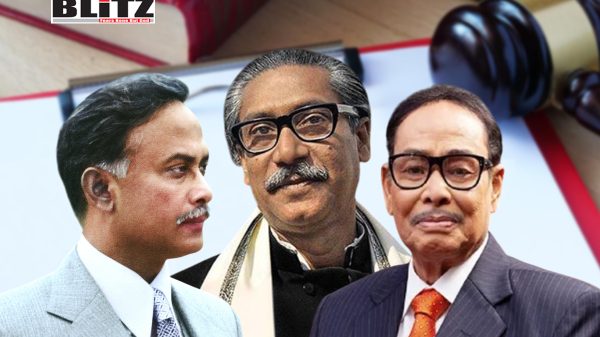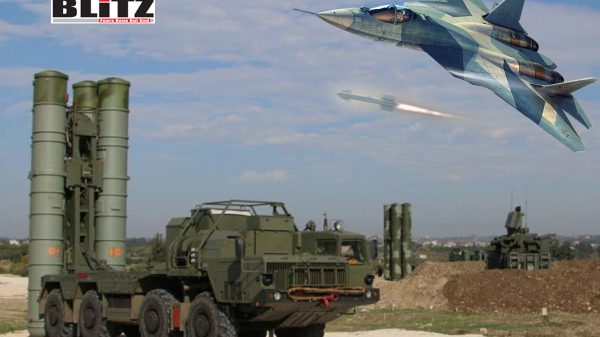India defies US tariffs as Russian oil imports rise
- Update Time : Saturday, September 6, 2025

India’s energy strategy is once again under the global spotlight, as the country continues to expand its purchases of Russian crude oil despite mounting pressure and punitive tariffs from Washington. According to data reported by the Economic Times and analytics provider Kpler, India’s imports of Russian oil rose by 5.6% in August, reaching 1.6 million barrels per day (mbd). This increase occurred even as the country’s overall oil imports fell to a 10-month low of 4.5 mbd, reflecting weaker domestic demand.
The figures are striking. Russia now accounts for 37% of India’s crude oil imports, up from 33% just a month earlier. Before Russia’s invasion of Ukraine in February 2022, India’s share of Russian oil was negligible-barely 1% of total imports. In less than three years, Russia has become India’s largest crude supplier, reshaping New Delhi’s energy map and redefining its geopolitical balancing act.
The main driver behind India’s growing appetite for Russian oil is economics. Moscow has been offering crude at significant discounts compared to Middle Eastern suppliers. With India’s economy heavily reliant on imported energy-nearly 85% of its crude demand is met from abroad-cheaper Russian oil provides a lifeline for both government finances and domestic refiners.
Indian refiners have been particularly adept at turning discounted Russian crude into profitable exports. The refined products-diesel, jet fuel, and gasoline-are shipped worldwide, including to Europe and the United States. This “refining arbitrage” has been widely criticized in the West as a loophole that allows Russian crude to indirectly reach markets that have banned direct imports.
Peter Navarro, former trade adviser to US President Donald Trump, was blunt in his assessment last month: “It’s a refining profit-sharing scheme. It’s a laundromat for the Kremlin.” He accused India of “profiteering” by buying discounted crude, refining it, and selling the products at a markup to Western markets.
The United States has not limited itself to rhetoric. In early August, Washington imposed 25% tariffs on a range of Indian goods in response to New Delhi’s refusal to scale back Russian energy purchases. Last week, the Biden administration doubled down, slapping an additional 25% punitive tariff package on Indian exports.
The move is a significant escalation, targeting billions of dollars’ worth of Indian products, including textiles, steel, and pharmaceuticals. US officials have framed the tariffs as part of a broader effort to penalize countries that help Moscow sustain its wartime revenues.
But India has shown little inclination to alter its course. Energy security remains paramount, and with domestic demand forecast to rise steadily over the next decade, policymakers in New Delhi appear unwilling to jeopardize affordable supply lines for the sake of American approval.
Indian Foreign Minister S Jaishankar has been unapologetic in defending New Delhi’s stance. Responding to criticism that India enables Russia’s war economy, he said: “Nations buy refined petroleum products from India of their own free will. Nobody forces you to buy it. Europe buys, America buys, so you don’t like it, don’t buy it.”
His statement underscores a key Indian argument: if Western countries object to Russian-linked refined fuels, they should stop purchasing them. As long as demand exists, Indian refiners will supply it.
This position resonates domestically. Energy affordability is a politically sensitive issue in India, where fuel prices directly affect household budgets and inflation. With national elections approaching in 2026, the government of Prime Minister Narendra Modi cannot risk fuel shortages or price surges triggered by compliance with Western sanctions.
India’s refusal to align fully with Western sanctions highlights its long-standing tradition of strategic autonomy. While New Delhi has deepened defense and technology ties with the United States in recent years, it has resisted taking sides in conflicts that it views as peripheral to its core interests.
India continues to participate in forums like the Quad alongside the US, Japan, and Australia, but simultaneously strengthens its role in BRICS, where Russia and China hold sway. By maintaining robust energy ties with Moscow, India signals its intent to remain non-aligned in an increasingly polarized global order.
This balancing act is not without risks. The tariffs from Washington could hurt Indian exporters, particularly in sectors like textiles that employ millions of workers. Moreover, sustained friction with the United States may complicate cooperation on technology transfers, defense deals, and climate initiatives.
Yet for now, the Modi government appears confident that America will not jeopardize the broader strategic relationship. US officials often describe India as a “critical partner” in counterbalancing China, and New Delhi likely calculates that Washington’s need for Indian alignment outweighs its frustration over Russian oil.
Industry analysts note that the August surge in Russian oil imports reflected orders booked two months earlier, before the latest round of US tariffs. Whether Indian refiners continue expanding purchases in the coming months may depend on the severity of American trade penalties and the trajectory of global oil prices.
Still, the structural incentives remain in place. Russia continues to offer discounts, India’s refining capacity keeps growing, and demand for refined fuels in Europe and the US remains strong. Unless Washington finds a way to close the refining loophole, India is likely to remain a key outlet for Russian crude.
In the meantime, the dispute underscores a broader truth: the global oil market is too interconnected for clean divisions. While Western governments attempt to isolate Russia, the flows of crude and refined products continue to blur political boundaries. For India, this ambiguity is less a problem than an opportunity-one it seems determined to exploit, even at the cost of higher tariffs and strained ties with Washington.


